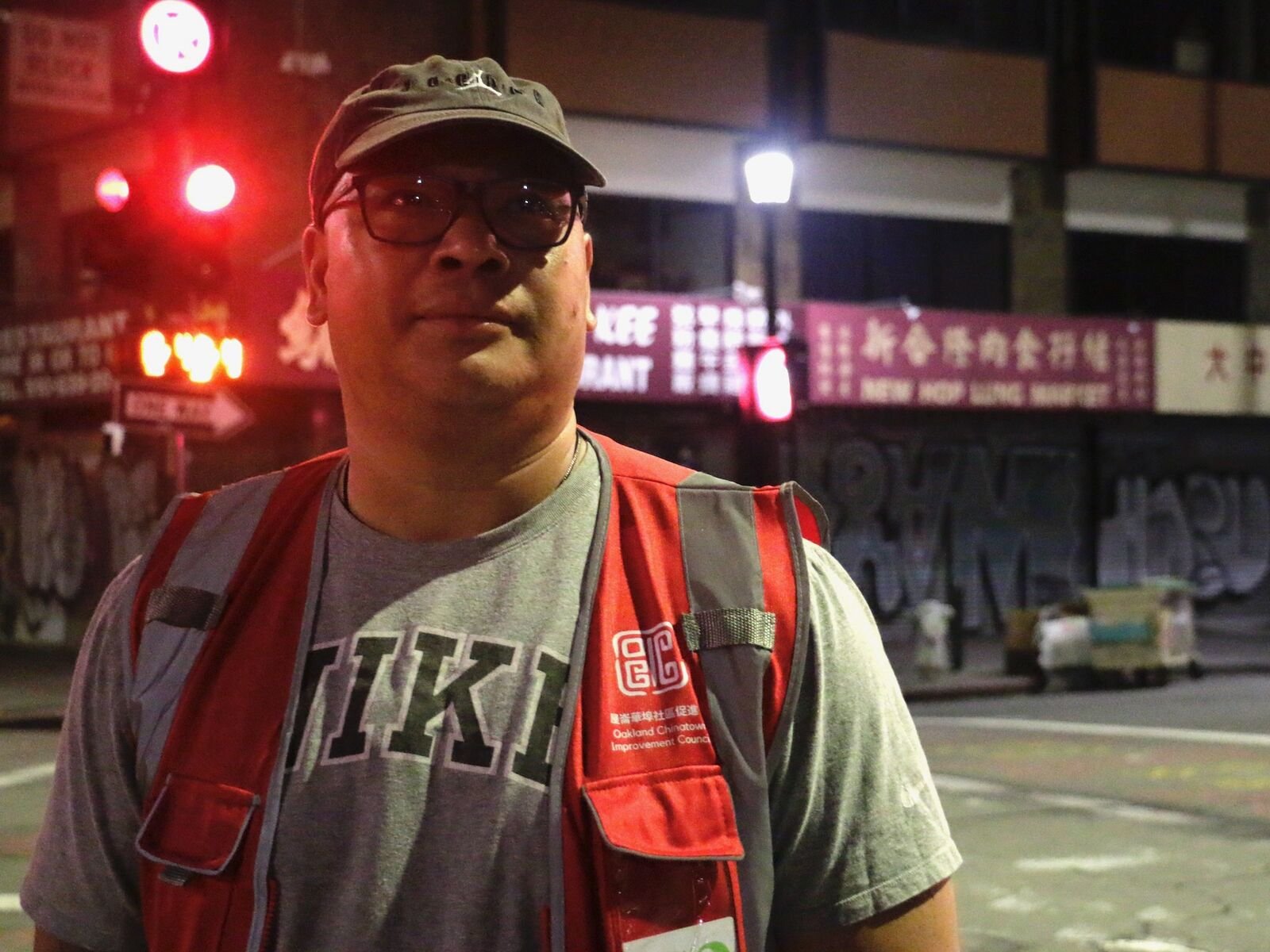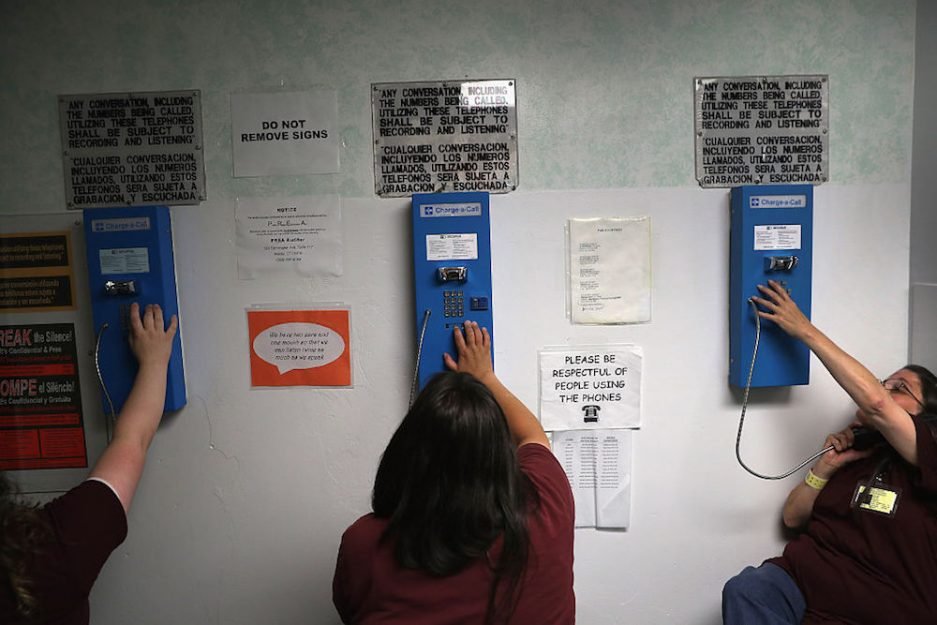
Mary Davis had to stop riding the bus a few years ago. The 59-year-old has various health conditions and her doctor said she needed to limit travel, making it hard to get to the food pantry. Then she discovered food delivery service Good Apple last May. Ever since, they’ve been dropping off donated fresh produce and pantry staples at her apartment doorstep weekly, which helps supplement her food stamps. Davis especially loves the pinto beans. “I appreciate everyone who packs those bags,” she says. “I need it.”
RELATED STORIES
Even before COVID-19, one in four households in Austin were having trouble putting nutritious food on the table — especially in low-income communities of color in East Austin, where Davis lives. Cue the pandemic, and it’s only gotten worse. In April, calls about food to the city’s resource referral helpline nearly doubled from the previous year.
To increase food access for everyone, the City of Austin designated ConnectATX as the go-to resource during COVID-19. The site offers a vetted list of school meals, food pantries, curbside meals, and food delivery services like Good Apple, as well as social service programs.
You might come to ConnectATX because you need groceries, then discover an organization that can help with rent assistance. So far, there’s 2,758 programs (and counting) listed, ranging from childcare to mental health to transportation.You won’t generally find hyperlocal grassroots efforts, although some mutual aid groups are listed.
ConnectATX developed out of a local partnership between United Way for Greater Austin (which runs the resource referral helpline) and online social services directory Aunt Bertha, with funding from the Michael & Susan Dell Foundation. Director Gyllian Garvey modeled the site from the Community Information Exchange, a database of networked health and social service providers in San Diego, as a way to “enhance, not replace” the helpline.
When someone dials the helpline number 2-1-1 they typically say what they need, write the information down, and go on their way. With ConnectATX, specialists guide callers through a questionnaire that addresses a variety of needs, then sends them resources via text or email as a follow-up. The long-term goal is to track if people actually got help — which is different from the 2-1-1 Texas directory that already exists. And if someone would rather remain anonymous or doesn’t want to wait on hold, they can simply search ConnectATX on their own.




